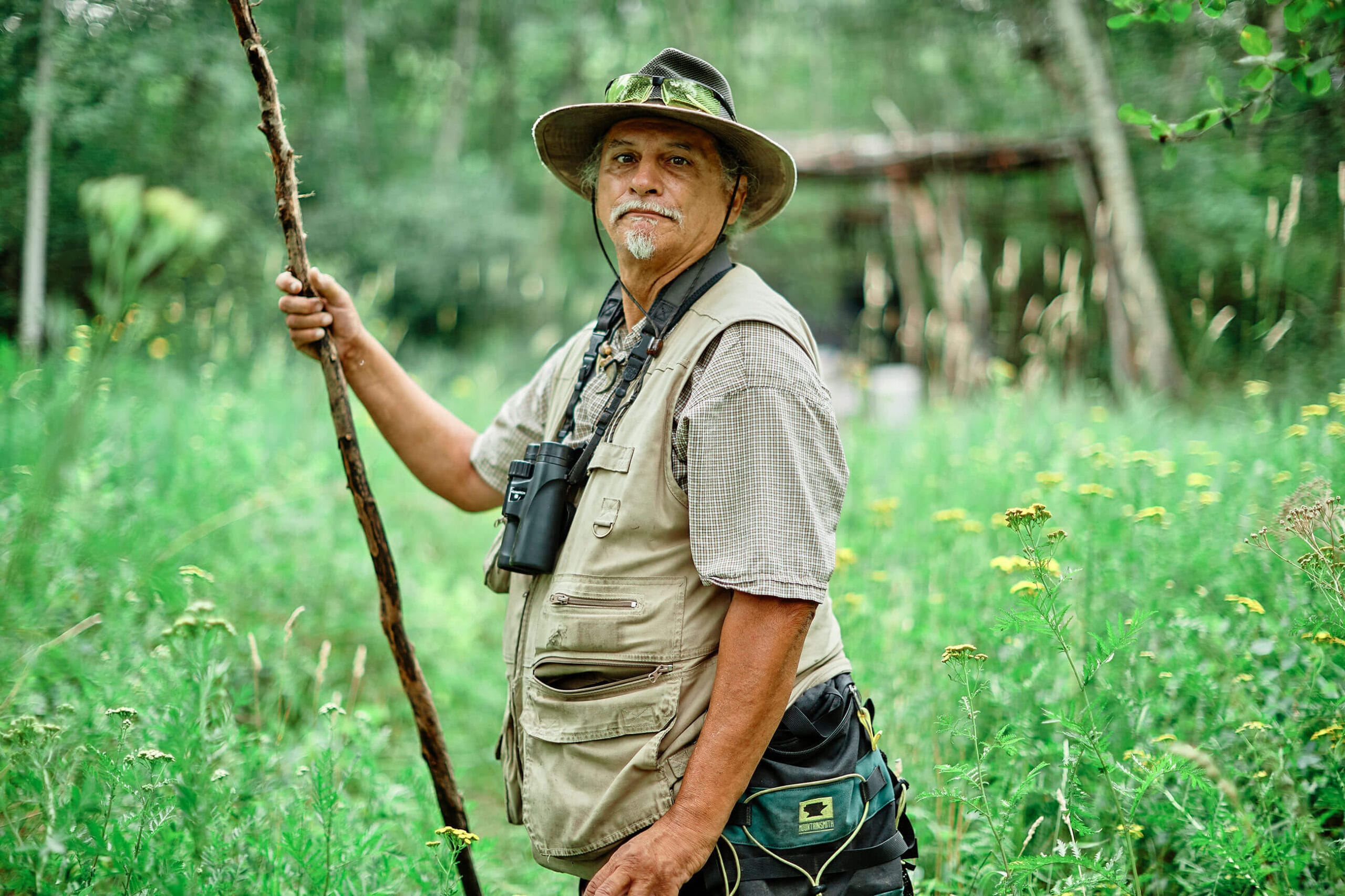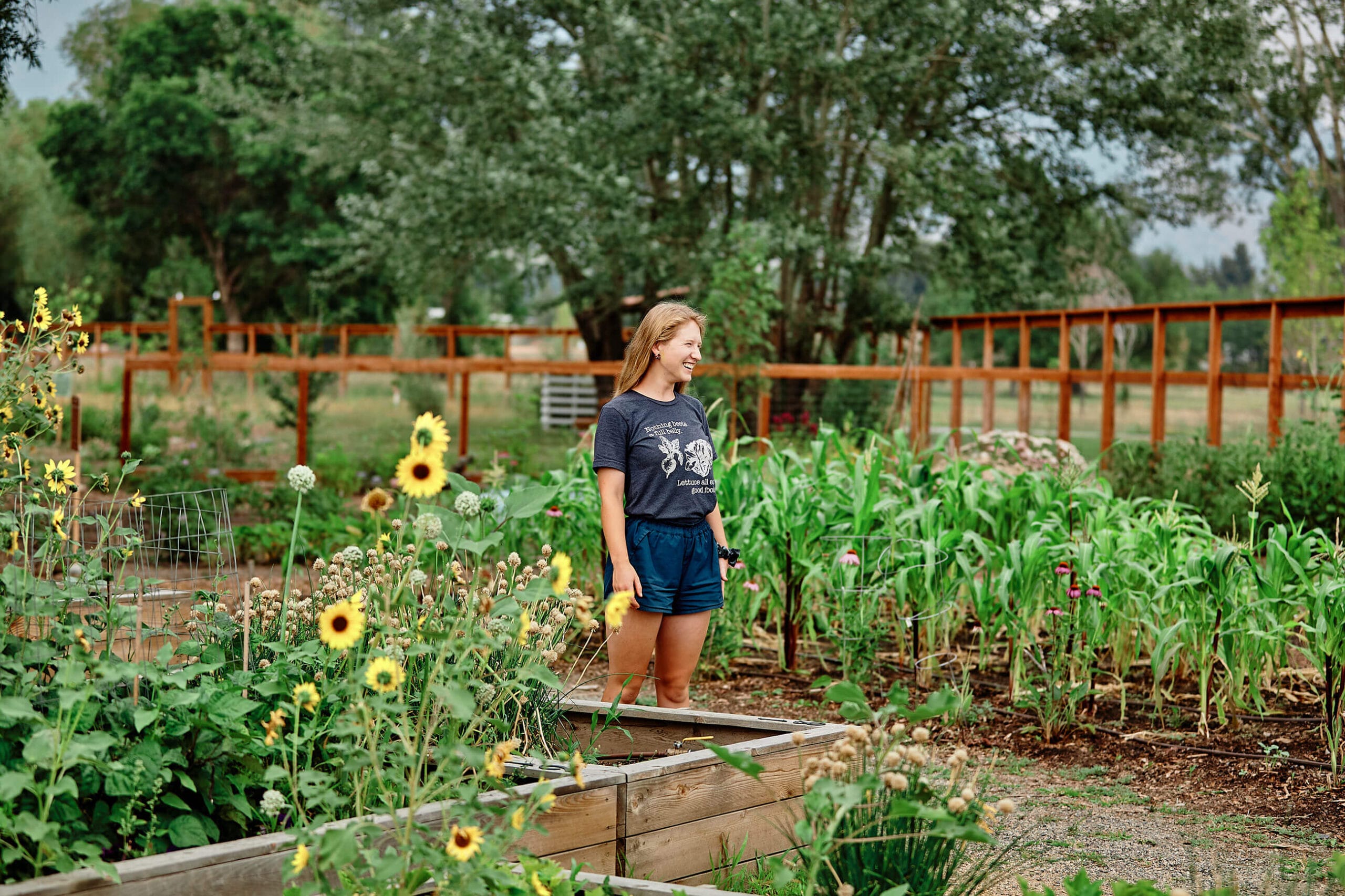“The portion of the federal budget allotted to parks and conservation has been in decline for at least a generation,” says Bill Lee, senior vice president of policy, advocacy, and government relations at Trust for Public Land. “In that time, our success at helping communities plan and pass local and state funding measures has been a very important force for creating and upgrading parks and trails, giving more and more people access to a quality park.”
Lee supervises a team of campaign strategists with deep expertise in the process of designing and passing ballot measures. Their experience runs the gamut from targeted local campaigns to fund specific parks like Story Mill to statewide initiatives such as Proposition 68, a $4 billion multiyear bond that California voters approved in 2018. Whatever the scale of the campaign, months of research, polling, coalition building, and voter outreach culminate on Election Day, when voters decide if they’re willing, in many cases, to raise their taxes to improve their close-to-home parks, trails, and open spaces. Since 1996, that decision has been an overwhelming “yes”: over 80 percent of the measures supported by Trust for Public Land have passed.
“Despite the increasing divisions and heated rhetoric around politics in America over the last decade, we continue to see that voters agree on the importance of funding parks, trails, and natural areas,” says David Weinstein, western conservation finance director in Trust for Public Land’s Bozeman office. The 2012 measure was a first for the City of Bozeman, Weinstein notes, but residents have been voting in support of conservation for a long time. Gallatin County voters approved county-wide funding for conservation in 2000, 2004, and 2018. And Bozeman residents approved a district-wide parks measure in the 2020 election. “There is a clear through-line for [conservation] funding, from the people straight to the places they love. It’s an incredibly meaningful and powerful way for voters to make a statement about what’s important for their communities.”
In addition to a successful 2012 ballot campaign, the effort to create Story Mill Community Park relied on generous donations from people around Montana and across the country. Community engagement for the park included everything from workshops and public meetings to community tours of the future park site. Schoolchildren even shared visions of their ideal playgrounds that a “yes” vote could help bring to reality. “Here in Montana, the outdoors fuels our economy by way of tourism and recreation. And access to parks and public lands is linked with better mental and physical health outcomes across the state,” says Weinstein. “Voters in Bozeman understand these benefits really well, and know that investing their tax dollars in a project like Story Mill Community Park will pay off in so many ways in the future.”
Today, Bozeman is among the fastest-growing municipalities in the nation. But it hasn’t always been that way. With its fertile soil and abundance of water, the Gallatin Valley has sustained Indigenous peoples, including the Blackfeet, Sioux, and Crow, for thousands of years. It wasn’t until the early 1860s, when nonnative travelers in the region discovered gold, that permanent settlements sprang up. Many longtime residents remember living in a remote, tight-knit community, surrounded by farmland as far as the eye could see.
The latest population boom began in earnest about 20 years ago, as the local economy began to diversify from its farming and ranching roots. Since then, Bozeman has emerged as a hub for tech companies, manufacturing, and tourism, and it has been the fastest-growing “micropolitan” area in the nation for four consecutive years. The city’s 4.25 percent growth rate has intensified during the pandemic as remote workers around the country jump on the opportunity to live and recreate in the picturesque valley.
Meanwhile, the community is wrestling with the challenges of fast-paced development: where there was once competition for jobs, local businesses are now struggling to keep employees who can’t afford housing in town. Trails that once provided solitude are crowded every day of the week, and the time it takes to drive across town has tripled due to the increase in traffic.








